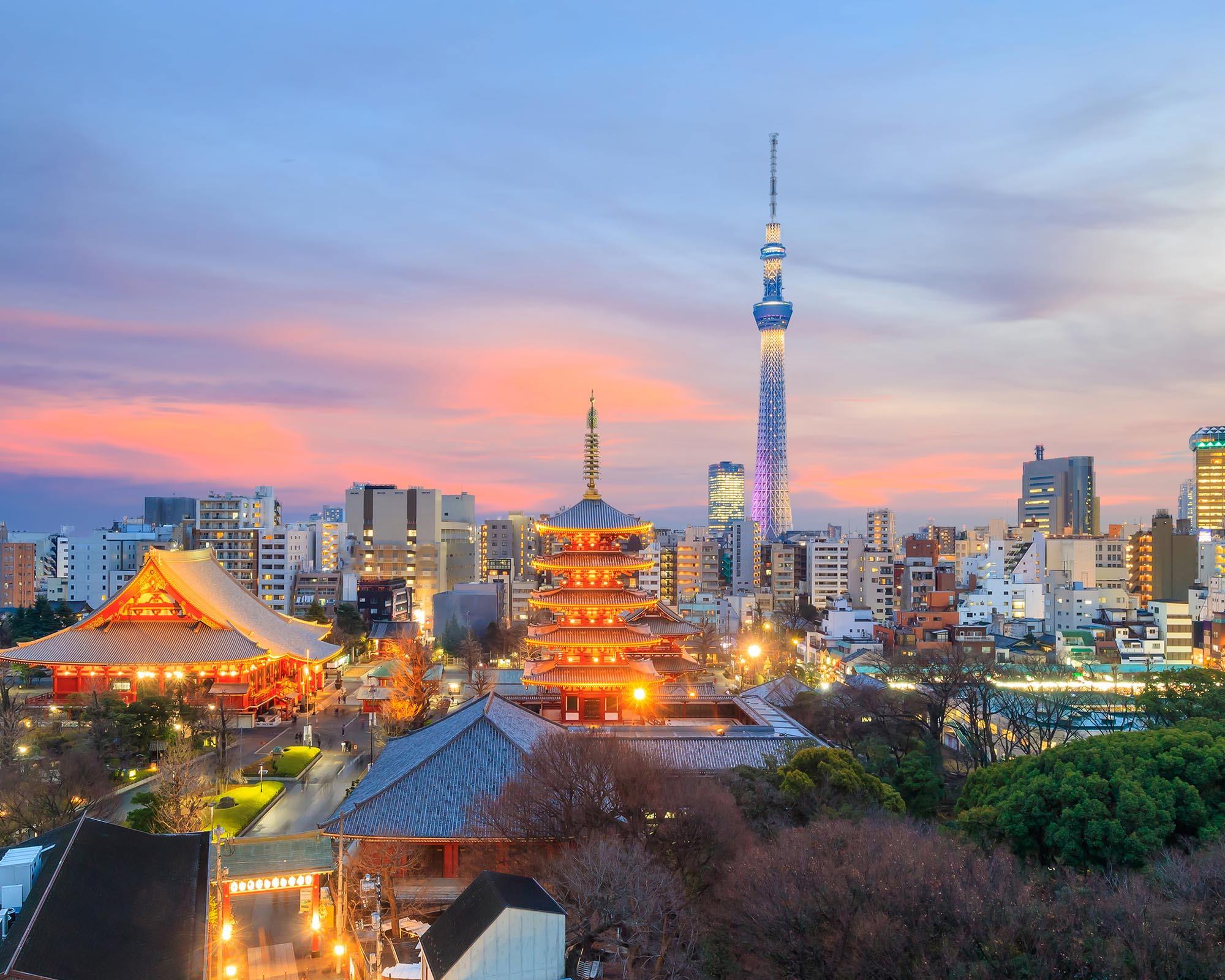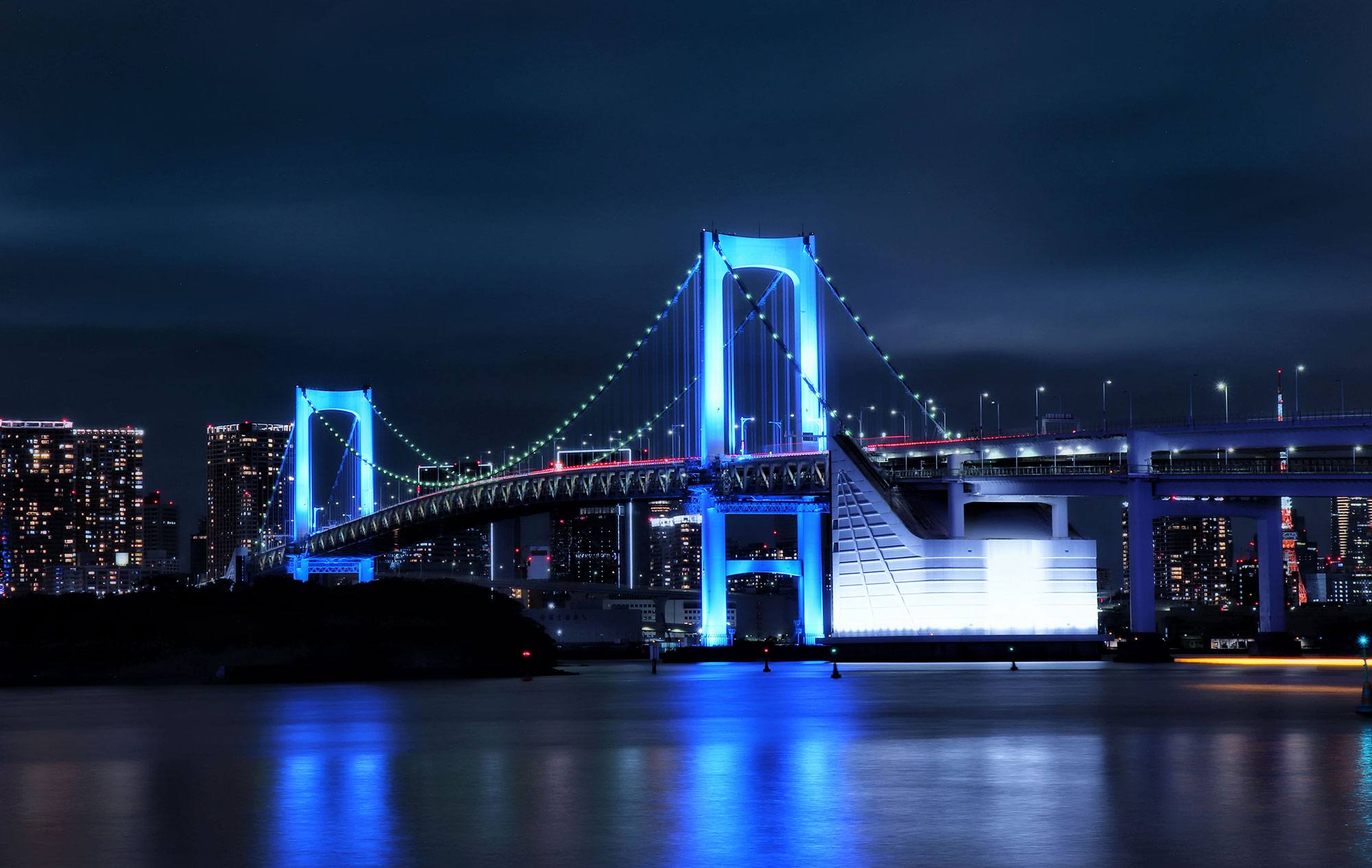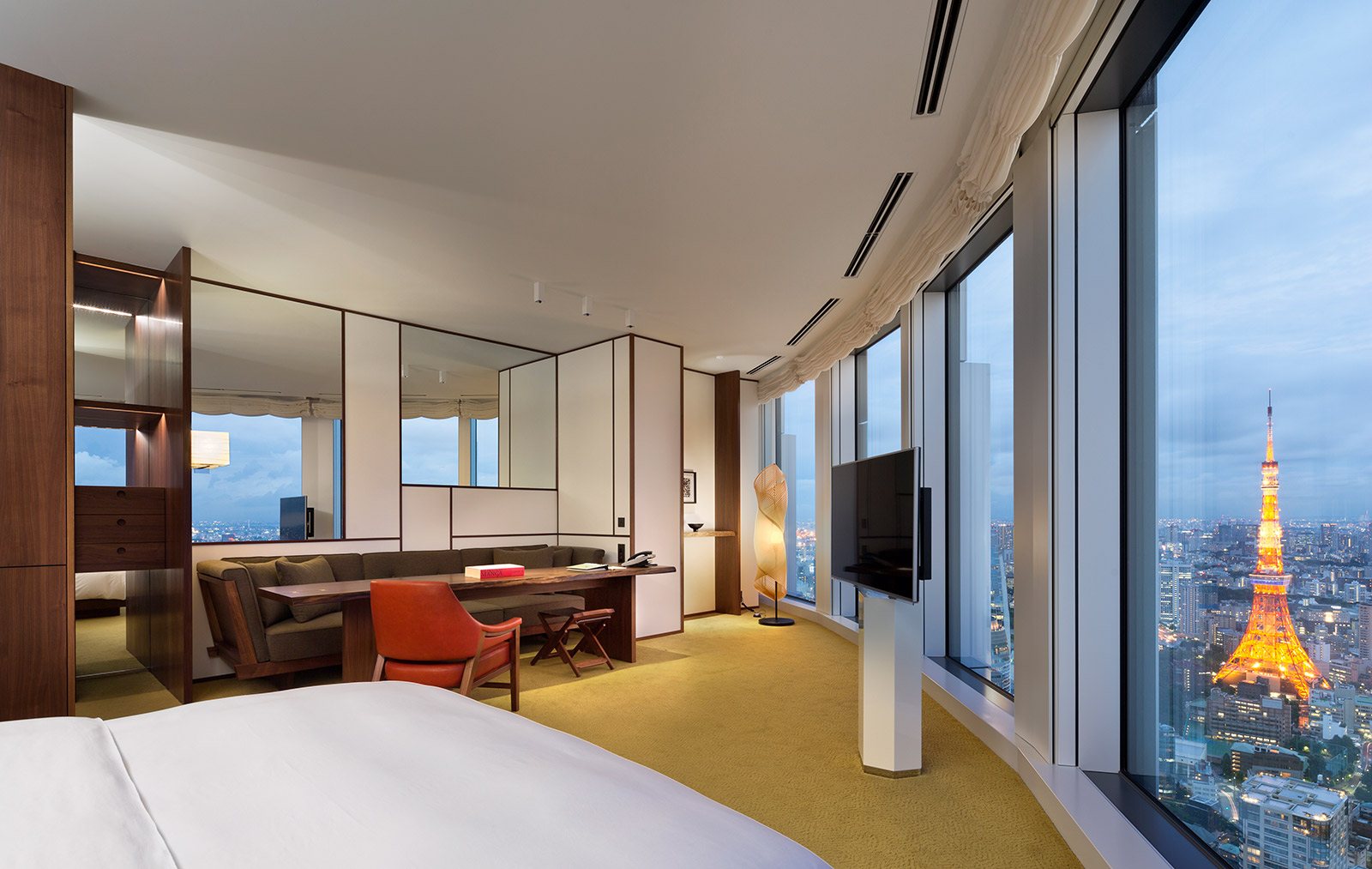
WHAT: TeamLAB
WHERE: Tokyo
Following some high-profile installations around the world, Japanese interactive art collective teamLAB has built a loyal following. So loyal that this summer the 400-strong group is to open its first permanent exhibition in Tokyo. The 107,000 square foot Mori Building Digital Art Museum: teamLab Borderless will open on a man-made islet in Tokyo Bay. For teamLAB fans that can’t wait, there are a handful of ongoing exhibitions across Japan, which include the Resonating Trees in Nagasaki, a ‘living wall’ in Tokyo’s Ginza Six mall (above) and a gallery on Oita’s Matama Beach.
teamlab.art


WHAT: Clam digging
WHERE: Ariake Sea
April and May are prime shiohigari (clam digging) months in the Ariake Sea (above), wedged between Kumamoto and Nagasaki on Japan’s southern Kyushu Island. Clam digging is a popular family activity and the earlier you turn up in April, the bigger the clams. The best time to dig is at spring tides, just after a new or full moon.
pref.saga.lg.jp


WHAT: Glamping
WHERE: Mount Fuji
Glamping (glamorous camping) is hardly new – but as spring sweeps across Japan, it’s becoming a popular way to stay. The Japanese take on glamping, unsurprisingly, is design-friendly and suitably luxe. Plenty of glamping sites have spread across Japan (including The Southern Peninsula and the Hatsushima Island Resort, both in Shizuoka), but Hoshinoya Fuji (above), which claims to be Japan’s first glamping resort, is by far the most indulgent: a series of spacious, glass-walled cabins overlooking Mount Fuji.
hoshinoya.com
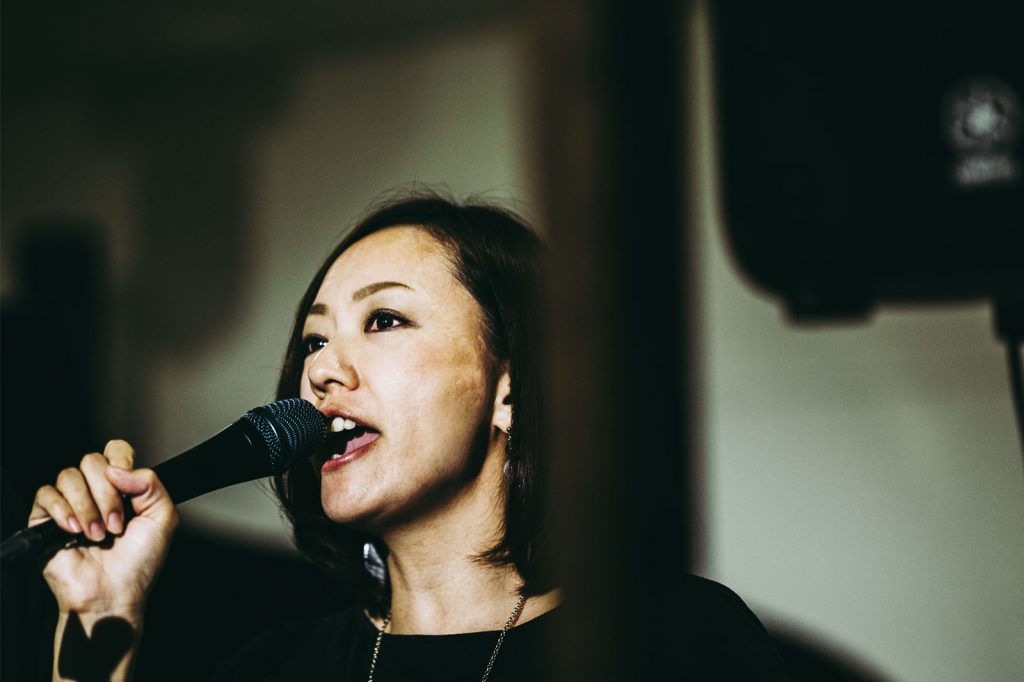

WHAT: Solo karaoke
WHERE: Tokyo
If you love karaoke but hate your friends hogging the mic, Japan’s growing trend for one-person karaoke is the solution. The concept has captured Japan’s karaoke fans over the past year, and is increasingly popular with foreign visitors too. Company 1 Kara runs a series of one-person karoke booths at locations across Greater Tokyo, where you can sing in a recording studio and even fiddle around with effects so you can feel like a producer too.
1kara.jp


WHAT: Cat’s Meow Books
WHERE: Tokyo
Japan already has its fair share of pet cafes – the owl cafe in Osaka; the cat and bunny cafes in Tokyo – but now there’s a bookshop dedicated entirely to felines in Tokyo’s Setagaya neighbourhood. The amusingly named Cat’s Meow Books (above) has adopted five cats that roam the shelves, which are incidentally full of cat fiction and cat photography books. Plus, the bookshop donates 10 per cent of its income to cat rescue organisations. Watch out for some special events including cat yoga and cat movie screenings.
facebook.com/CatsMeowBooks
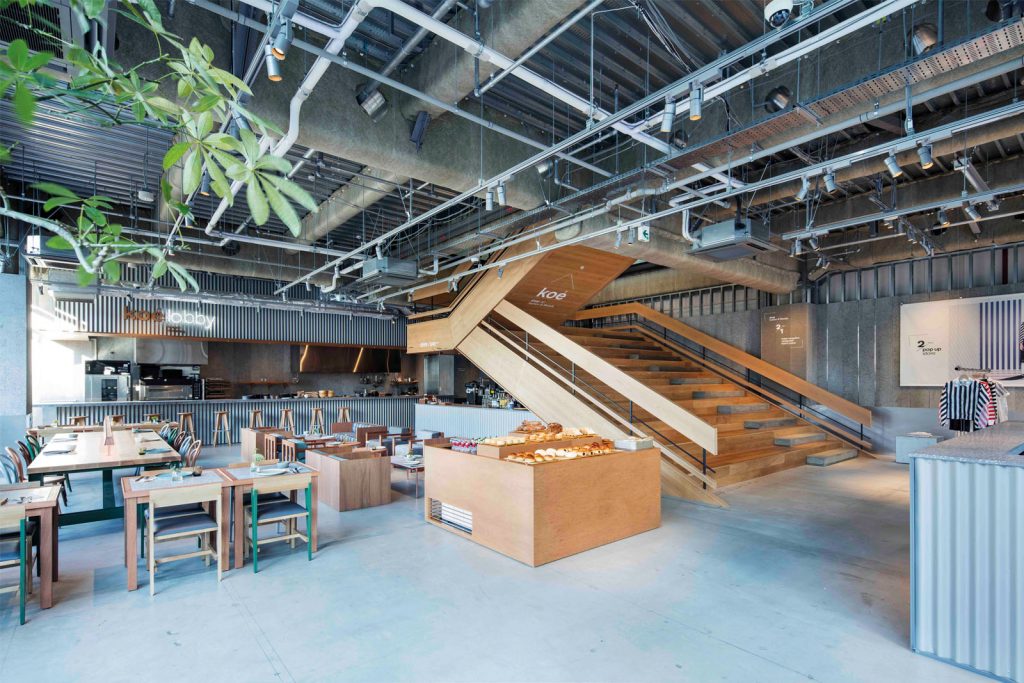

WHAT: Green tea hotels
WHERE: Tokyo
Green tea has already inspired a number of cafes in Japan – such as San Grams, a new green tea cafe in Shizuoka, and Tokyo Saryo, the world’s first hand-dripped green tea cafe. Now green tea is inspiring hotels. In February, Hotel Koe (above), an extension of Japanese lifestyle brand Koe, opened in Tokyo’s Shibuya neighbourhood. The hotel combines a shop, cafe and rooms, whose decor is inspired by the low-key design elements of a Japanese tea room. Then this December, Hotel 1899 will open in Tokyo’s Shinbashi neighbourhood with a mission to provide an urban retreat, much like a traditional Japanese tea room. It will also feature a cafe, which will serve green tea creations including green tea beer – while the hotel will have dedicated tea sommeliers.
hotelkoe.com, 1899.jp/hotels/tokyo

WHAT: Daikouzenji Azalea Festival
WHERE: Fukuoka
Had enough of cherry blossom and wisteria? Try the Azalea Festival, which takes place in a town called Kiyama on the outskirts of Fukuoka. From mid April to the start of May, the town’s Daikouzenji Temple becomes overwhelmed with the pretty pink and white flowers: there’s a 7.5-hectare azalea field and a flower wall stuffed full of 50,000 blooms.
daikouzenji.com/history/showa


WHAT: Sauna hotels
WHERE: Tokyo
If you’ve travelled to Japan, chances are you’ve stayed in, or at least considered, a capsule hotel. They’re old news now, as a capsule hotel brand has just gone one further: by blending saunas with sleeping pods. 9h, which runs a series of capsule hotels across Japan, has introduced sister company °C, which has just opened its first outpost by Ebisu station in Tokyo (above). It also welcomes guests who just want to use the sauna facilities.
do-c.jp/en
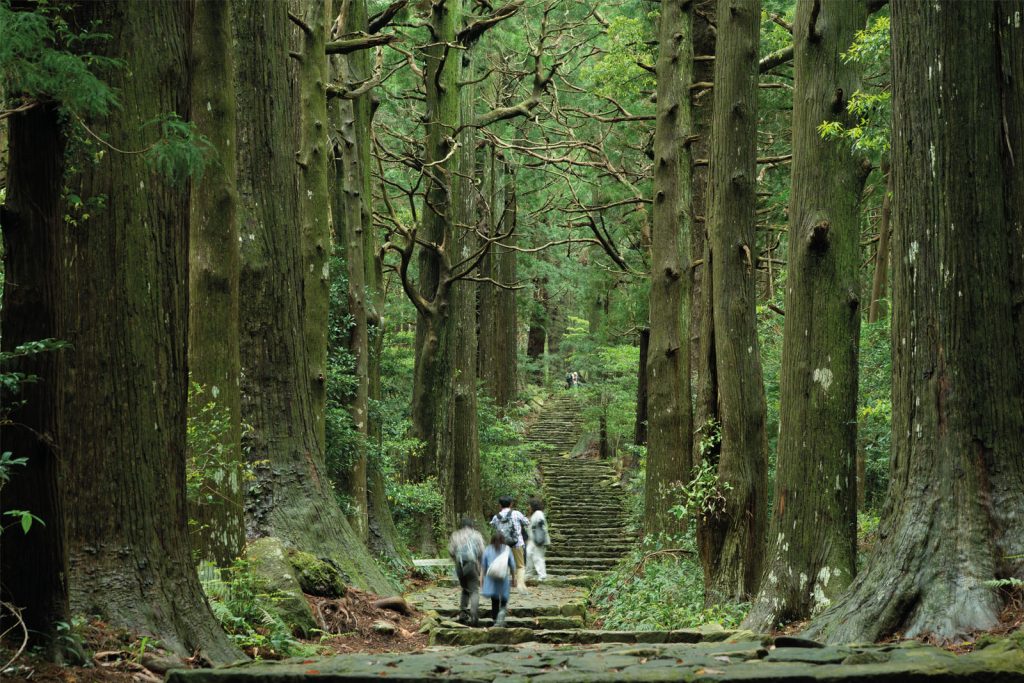

WHAT: Forest bathing
WHERE: Across Japan
Forest bathing – shinrin-yoku – has been part of Japan’s national health programme since 1982, but it’s only just starting to become an internationally recognised practice. The idea is simple: immerse yourself in a natural environment, pay attention to the sounds, smells and colours, and breathe deeply. The benefits of shinrin-yoku include reduced stress and lower blood pressure. Japan’s many accessible forests make this an easy activity – but perhaps the most impressive place to do it is the forested Kii peninsula in Wakayama (above), home to the Kumano Kodo pilgrim walking trails.
en.visitwakayama.jp







